Since yesterday was technically the first day of my vegan diet experiment, I dedicated quite a few hours to prepping food for the week. When I went to the store to get the supplies, I made fruit one of my main priorities. Buying more than I usually do, it was especially obvious that I had no idea what I was doing. I feel like I’m always guessing as to whether certain fruits are ripe or not. That’s what inspired me to write this post.

Getting fruit from the grocery store can be difficult sometimes because, unless you cut it open, it can be hard to tell if it’s a good level of ripeness. Fun fact about me: I’m amazing at picking overripe fruit—my sister makes fun of me for it because it’s almost like a skill of mine.
In addition to picking fruit at the store, it can seem impossible to ripen some fruit perfectly at home.
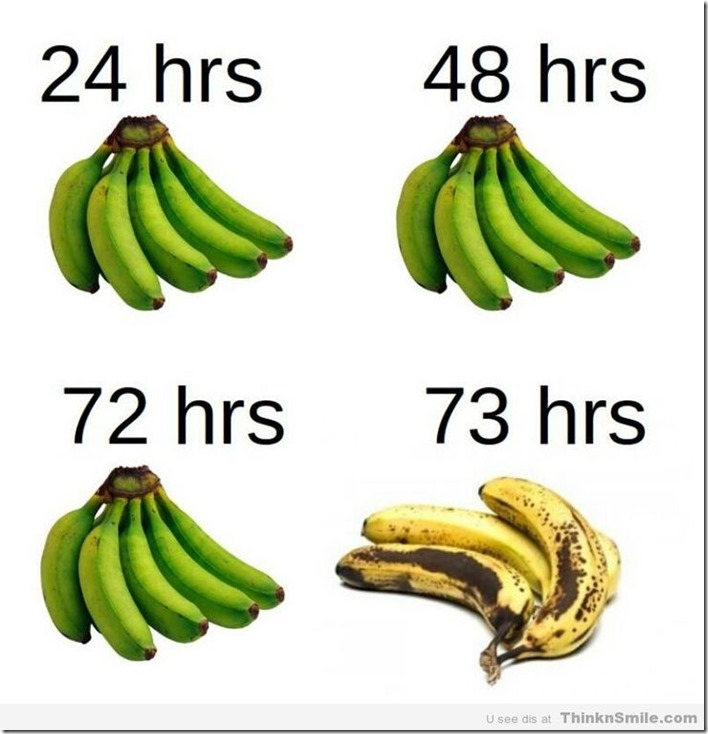
Something I learned while doing research for this post: some fruit doesn’t ripen once it has been picked. This might be obvious to some people, but it was new to this girl. So to figure out how to select fruit at its prime ripeness while at the store, as well as whether it will actually ripen at home or not, I chose seven fruits that I often wonder about and also buy a decent amount: watermelon, pineapple, mango, avocado, lemon, lime, and banana.
Now, I’m about to get all science-y on you. Fruit mostly ripens due to the release of the plant hormone ethylene, which is a gas. Most fruits will give this off more and more as they ripen and especially in a warmer environment (which is why you put fruit in the fridge if you want it to slow the hell down and stop ripening). Some fruits just don’t produce much ethylene gas once they’re off the tree/vine/whatever, while others get all crazy and ripen in the blink of an eye—I’m looking at you bananas and avocados.
So without further ado, here are a bunch of tips on how to tell if various fruits are underripe, ripe, or overripe.
Watermelon

Look: The watermelon should have a creamy-like yellow color at the base where it sat on the ground as it grew. If it’s more white or green, it isn’t ripe enough.
Weight: Pick up the fruit and compare it to a few others. You want it to be heavier because that means it’s juicer.
Sound: If you tap it, it should sound slightly hollow; if it sounds very hollow, it’s probably overripe.
*Important: Watermelon doesn’t ripen anymore once it’s picked, so make sure you buy it at a good ripeness. (It’s also recommended to not store it in the fridge until it has been sliced.)
Pineapple
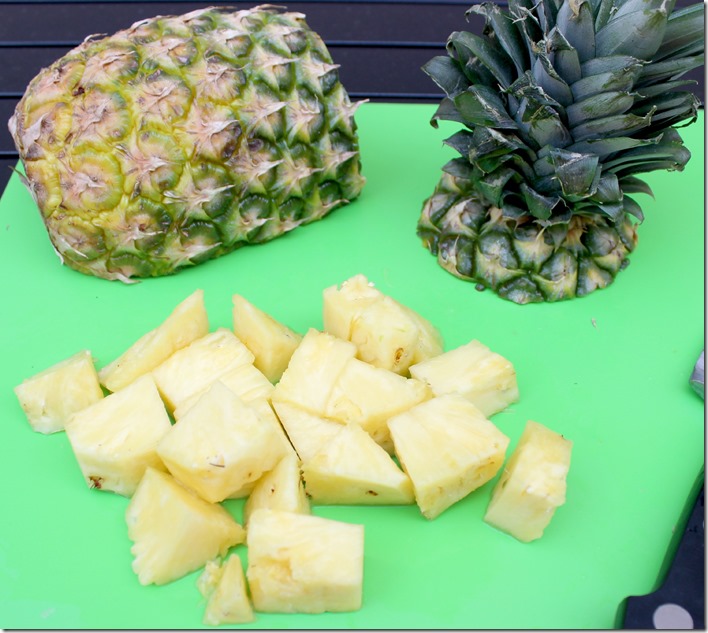
Smell: The bottom/butt of the pineapple should smell slightly sweet. If it has a distinct vinegary or fermented smell, the fruit will be sour and gross, so maybe don’t buy that one.
Look: It should appear golden yellow—the more yellow, the sweeter it will be. If it’s yellow on bottom and green on top, the sweetness probably won’t be consistent. Ideally, the yellow will extend to the top, which means the sugar has reached the top. Keep in mind, just because it is slightly green, that doesn’t necessarily mean it’s underripe. Just make sure it has some yellow to it. If it looks slightly bronzed or red and has dry leaves, that means it’s overripe.
Touch: The fruit should be pretty firm to the touch but will give slightly when pressed. If it’s got a mushy quality, just say no.
*Important: Pineapples don’t ripen much once they have been picked, so like watermelon, make sure you select one that is a good ripeness.
Mango
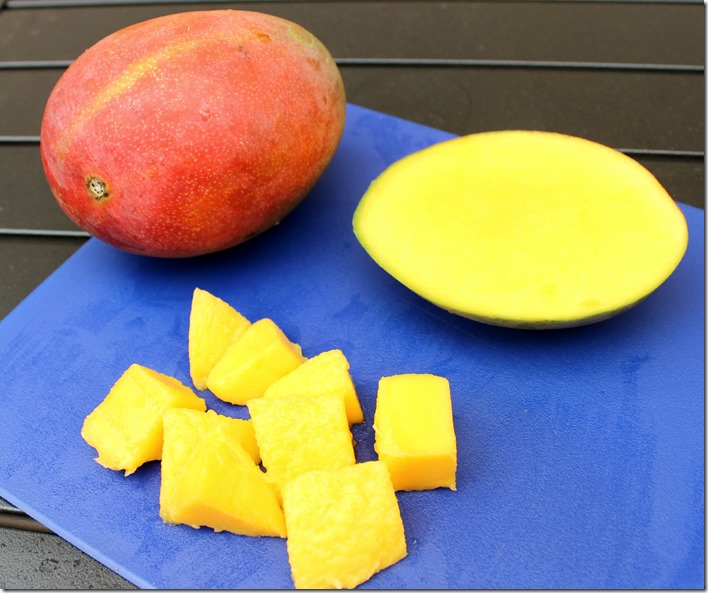
Touch: Squeeze gently—it is ripe when it gives a little. If it’s too soft, it’ll probably be bruised and overripe.
Smell: Sometimes, it will smell fruity at the stem, but this isn’t always the case, despite how ripe it is.
Look: Color doesn’t necessarily indicate ripeness, so you should mostly focus on touch.
*Important: Mangoes will continue to ripen at room temperature, so keep watch and make sure you eat or refrigerate the fruit once it’s adequately ripe.
Avocado
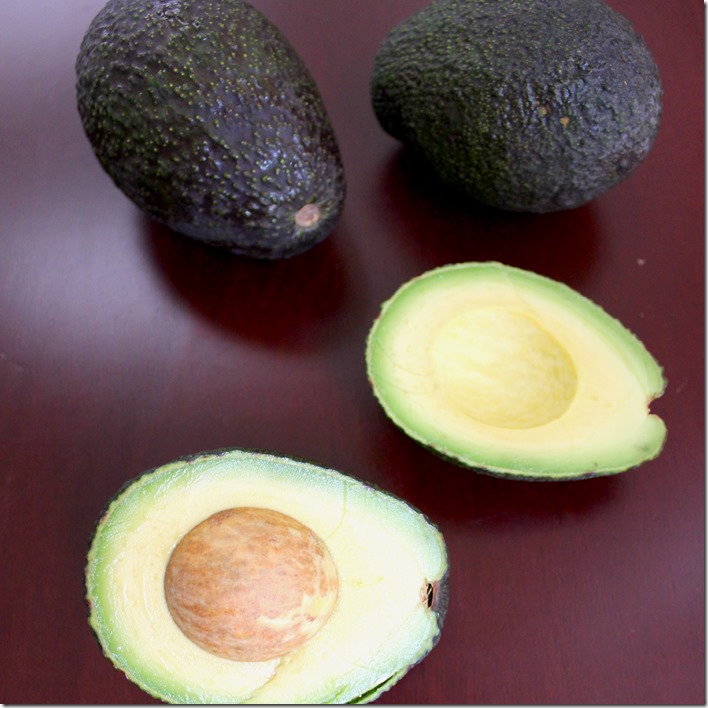
Look: For Hass avocados, if it’s bright green, it’s underripe. If it’s a very dark green (almost black), it’s overripe. Ideally, you’d pick one that is turning a slightly darker shade of green. As mentioned in my kitchen hacks list, it can also help to look under the nubbin if it’s not already off. If the meat underneath is brown, the whole fruit may be the same. If it’s a vibrant green, you’re probably good.
Touch: Put the avocado in the palm of your hand and gently squeeze it without using your fingertips (so you don’t bruise it, making the person who actually buys it sad). If it gives under very light pressure, then it’s probably overripe; if it gives slightly, then it’s probably ripe (you may want to buy it when it’s more firm if you aren’t going to use it right away).
*Important: Avocados will continue to ripen at room temperature. Once the fruit is at a good ripeness, you should eat it within a day or two, or put into the fridge to slow down the ripening process.
Lemon
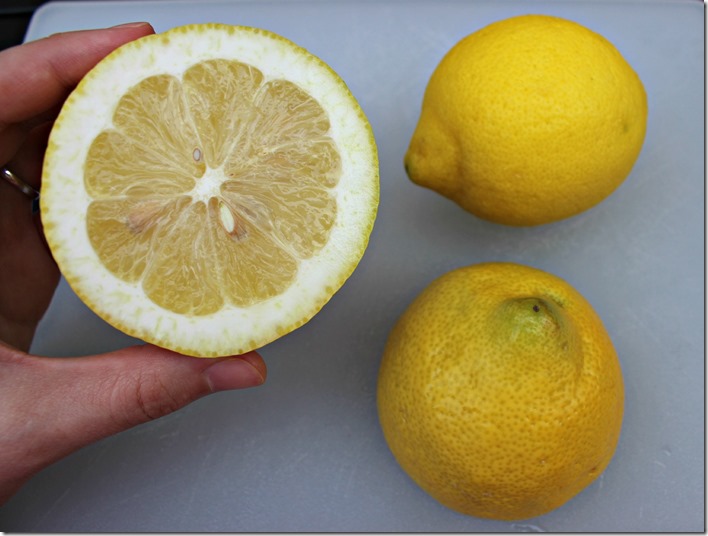
Weight: Compare a few different lemons, and choose the heavier one, since this means it’s juicier.
Touch: The fruit should be fairly firm but not overly hard. Tender spots could mean it’s overripe.
Smell: Should have a slight aroma of lemon (weird, right?!), mostly when scratched.
Look: The texture of the peel should have small grains and be fairly smooth.
*Important: Lemons will not typically ripen much after being picked. (I found contradicting info about this though, but just to be safe, I’d pick one at a good level of ripeness right off the bat.)
Lime
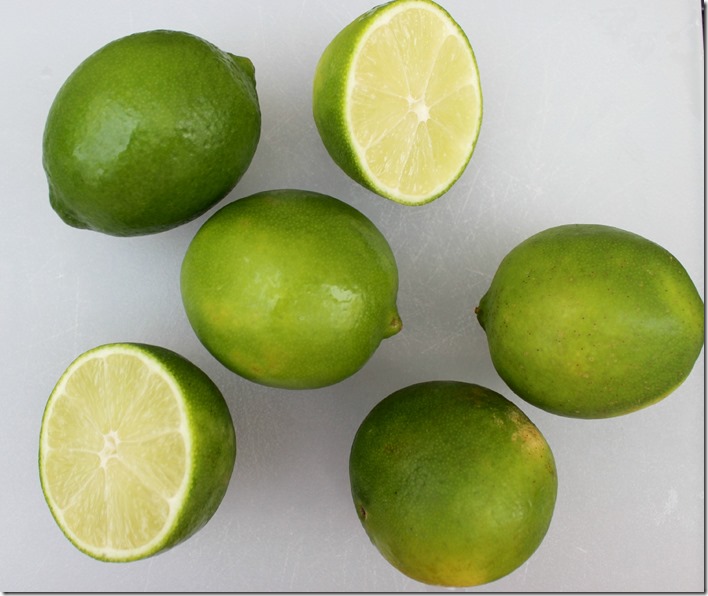
Look: Most limes will turn from dark green to light or yellow-ish when ripe, depending on the type. You want to pick one that is more green because that means it will have more of a fresh lime flavor.
Smell: The fruit should have a slight lime smell when scratched.
Touch: It should feel pretty smooth; if it has wrinkles and is very rough, it’s overripe. You should also squeeze the lime lightly in your palm. If it gives slightly under pressure, it’s ready. If it gives too easily, it’s overripe. Plus, if it’s hard, it won’t be very juicy.
Weight: The heavier the better—you want to pick a lime that weighs more since that indicates its juiciness.
*Important: Limes, like most all citrus, typically do not ripen once picked off of the tree.
Banana
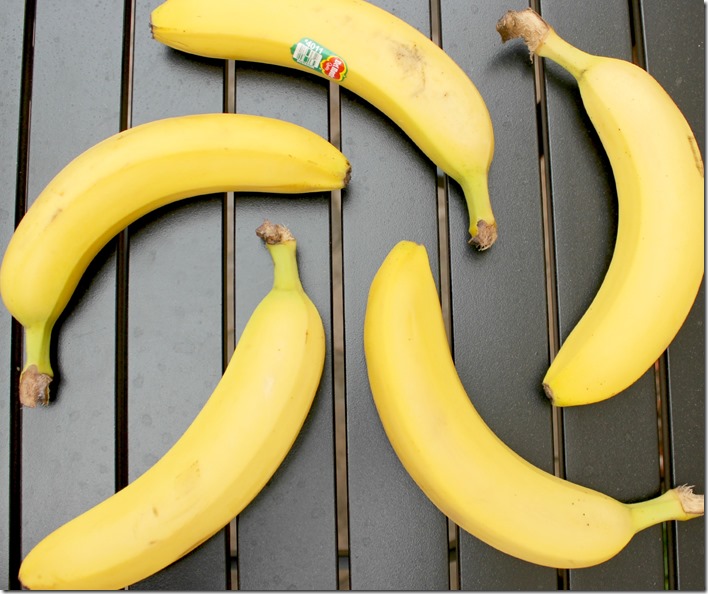
Look: Most people pick bananas when they have a bit of green on them, but that’s not the ideal level of ripeness (though this is a bit subjective). My sister and I are opposites when it come to bananas—she won’t eat them if they’ve got many brown spots on them at all. She’ll only eat them when they’re all yellow and have a touch of green, usually. This seems to be the norm with most people. I prefer them once they start to get brown spots on them, which is apparently the ideal. When the banana is more green, it’s mostly starch; when it’s mostly yellow, it has little starch and more sugar; a spotted banana is mostly sugar and very little starch. When it gets to that speckled point, it’s easier to digest and tastes much sweeter (which is why you want ripe bananas in banana bread).
As you can see, there are several ways to figure out if various fruits are ripe or not. Keep in mind that based on the type/brand of fruit you buy, these indicators may vary. Hopefully, this wasn’t too confusing. Now, will someone please come over and help me eat all of this fruit?! I think I went a little overboard…

Happy fruit shopping!
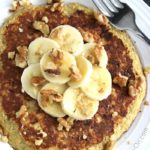
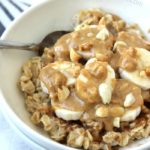
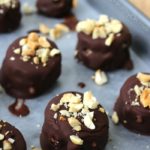


I swear by the avocado nub thing! And I’m getting better about tolerating bananas. I guess I like my starch!
Haha I’m so proud. You’re in the majority of people anyways, so don’t feel guilty. 😉